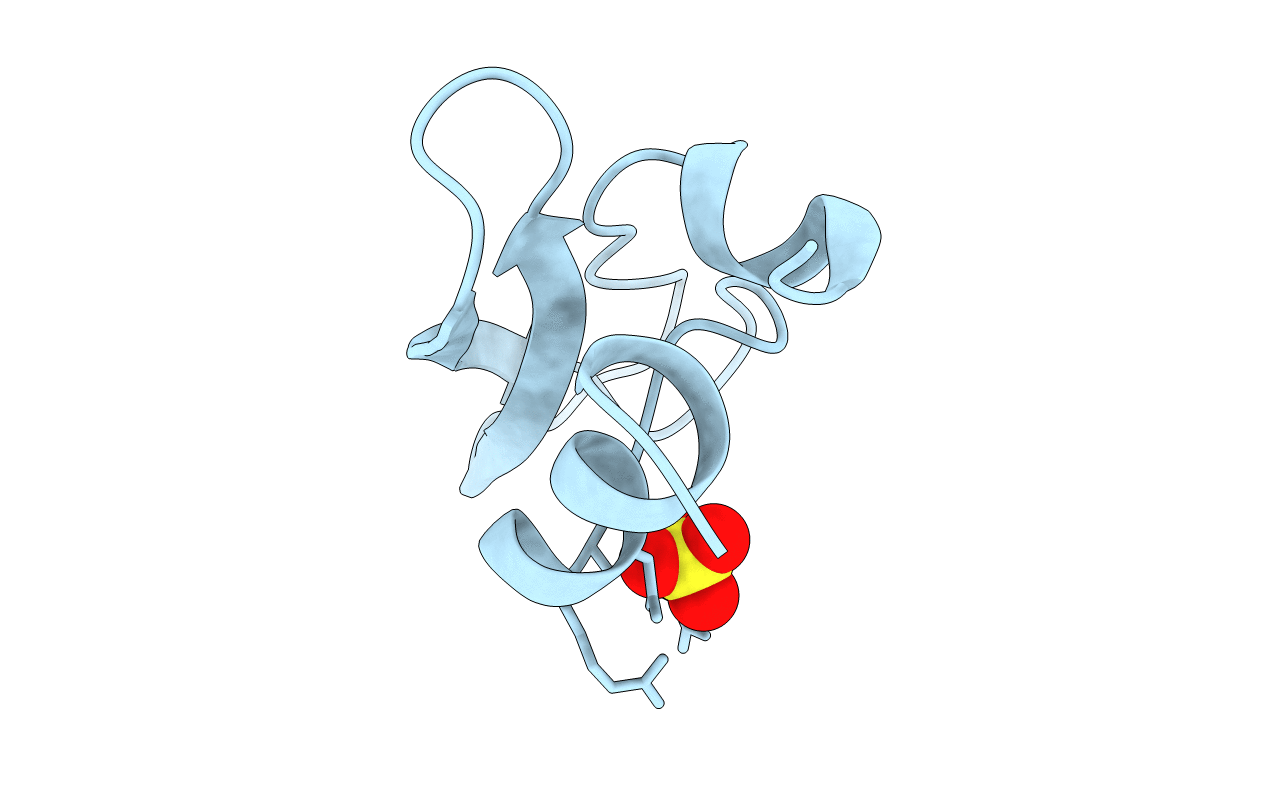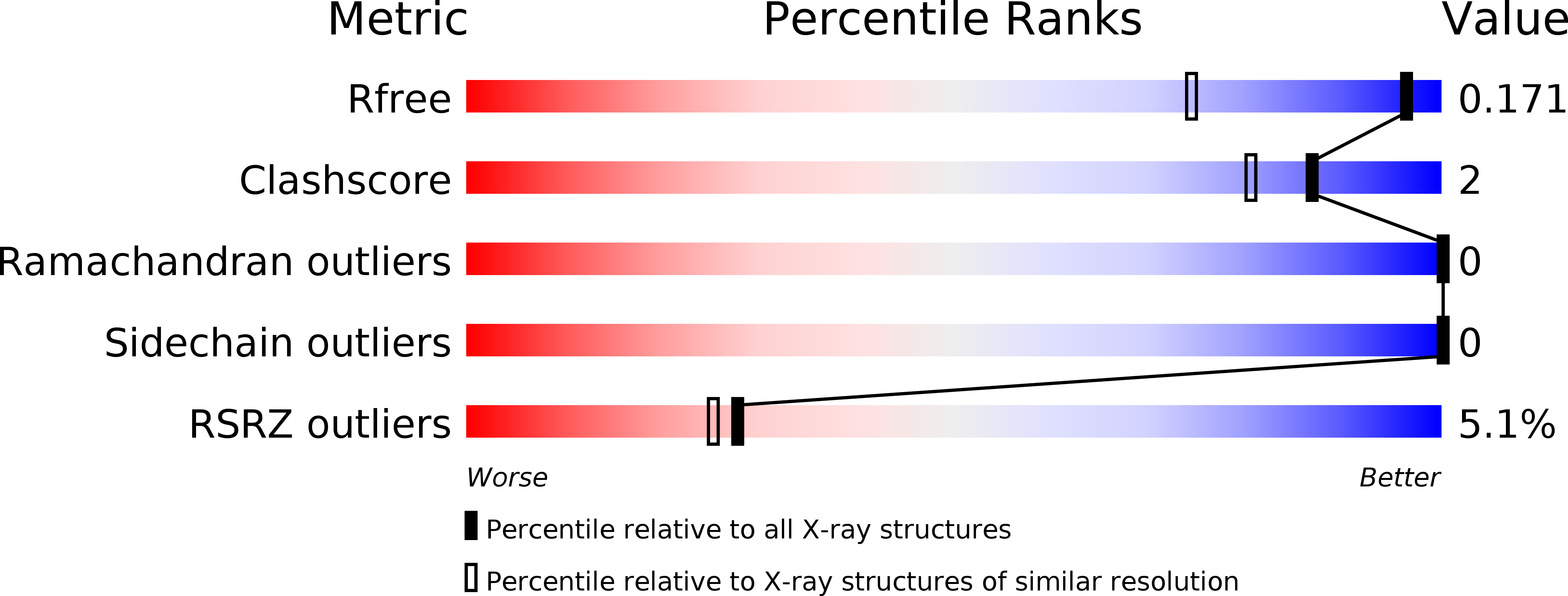
Deposition Date
2018-12-10
Release Date
2019-08-21
Last Version Date
2024-10-23
Entry Detail
PDB ID:
6Q61
Keywords:
Title:
Pore-modulating toxins exploit inherent slow inactivation to block K+ channels
Biological Source:
Source Organism:
Conus striatus (Taxon ID: 6493)
Host Organism:
Method Details:
Experimental Method:
Resolution:
1.30 Å
R-Value Free:
0.16
R-Value Work:
0.13
R-Value Observed:
0.14
Space Group:
P 63


